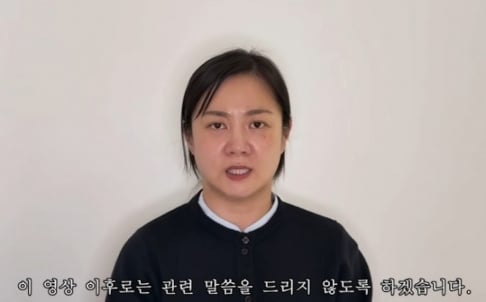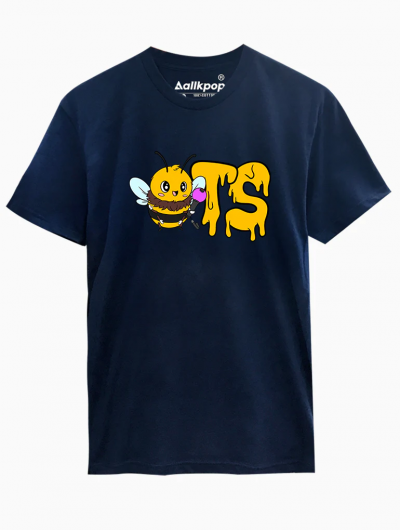
Embracing K-pop over the years unfolds a captivating narrative of transformation. Initially, when I first became a fan of K-pop, it existed as a burgeoning genre within the confines of South Korea, cherished by a domestic audience. The journey from this local appreciation to a global phenomenon has been nothing short of extraordinary. Witnessing K-pop's ascendancy, breaking cultural and geographical barriers to unite fans worldwide, shows things that are thought improbable can come to fruition. This global embracement highlights not just a change in listener demographics but also a significant evolution in the structure of K-pop groups themselves. One notable trend is the fluctuating number of members within these groups.
The dawn of the 90s marked an era dominated by solo artists rather than groups. The K-pop scene was largely characterized by individual performers making their mark in the industry. It was only with the emergence of iconic groups like Shinhwa, S.E.S, and Fin.K.L that the paradigm began to shift towards collective performances. Yet, even during this transformative period, it was rare to encounter groups comprising more than five or six members. This era laid the groundwork for the diversification of group sizes, setting the stage for the varied and dynamic configurations we see today.
As we ventured into the early 2000s, the K-pop landscape was further enriched by the debut of groundbreaking groups such as TVXQ and SHINee. Up until this juncture, the conventional K-pop group rarely exceeded five members, maintaining a somewhat intimate scale that allowed for each member's talents to be showcased. However, it was the arrival of powerhouses Girls’ Generation and Super Junior that marked a significant turning point in the industry. With these groups, the industry saw a bold departure from previous norms, embracing larger ensembles that not only diversified the range of performances but also expanded the dynamics within a group. Girls’ Generation, with its nine members, and Super Junior, originally debuting with 13, shattered the prevailing standards and set new benchmarks for what a K-pop group could embody.
Fast forward to the present, and it has become a rarity to encounter an idol group that numbers fewer than six members. This evolution signifies a profound shift in the industry's preference towards larger ensembles, highlighting the changing dynamics of group performances and fan expectations. Yet, amidst this trend towards expansion, an intriguing development occurred between the early '90s and 2000s—a noticeable increase in the debut of trio groups. This period saw a unique flourish of smaller, more intimate group formations that contrasted sharply with both the solo acts of the early '90s and the larger groups that would dominate the scene in subsequent years.
In today's K-pop industry, the sighting of trio idol groups has become increasingly rare, marking a distinctive departure from the conventional group sizes that dominate the scene. Yet, this scarcity only amplifies the unique appeal and enduring charm of trios within the broader aspects of K-pop. Seo Taiji and Boys is probably the most influential K-pop artist of all time, and they consisted of three members: Seo Taiji, Lee Juno, and Yang Hyun Suk. Then you had groups such as SG Wannabe, V.O.S., SeeYa, and 8eight who have etched a special place in the genre's history, showcasing the power of three-part harmonies and the close-knit synergy that smaller groups can achieve. Moreover, the emergence of trio sub-units like TaeTiSeo and Orange Caramel introduced a refreshing dynamic to the music and performance styles within established groups. TaeTiSeo, with their striking vocal prowess and dynamic stage presence, made a monumental impact upon their debut, captivating audiences and setting a high bar for sub-units. Similarly, Orange Caramel distinguished themselves with their whimsical concepts, outlandish stage outfits, and playful music, adding a vibrant color to the K-pop spectrum. These trios and sub-units not only enriched the genre with their distinctive charms but also proved that creativity and innovation could flourish within the compact framework of a three-member ensemble.
This raises an intriguing question: why aren't more trio groups making their debut in the modern K-pop landscape? Looking at the industry from a wider angle, VIVIZ stands out as one of the few contemporary examples of a trio group. Interestingly, even they originated from a larger ensemble, having previously been part of a six-member girl group. This scarcity of new trio formations prompts curiosity about the evolving preferences and strategic considerations within the K-pop industry.
Are the dynamics and economics of larger groups more appealing to entertainment companies, or is there another factor at play influencing the composition of new groups? The relative rarity of trios, despite their proven success and unique appeal, adds a layer of complexity to our understanding of the industry's evolution and its future direction.
Groups such as SG Wannabe, 8Eight, V.O.S. earned so much love in the time they were in the spotlight and many of their songs still remain as one of the most classic songs within the K-Pop industry. This prompts a compelling question: given their proven track record of success and lasting impact, why does the industry not embrace the debut of more trios?
The conventional wisdom that larger groups are inherently more successful does not always hold. While having a multitude of members can offer diversity in talent and appeal, it also brings the challenge of ensuring each member receives adequate spotlight and opportunities. In contrast, trios offer a more intimate setting where the unique talents of each member can shine more brightly, reducing the likelihood of any member feeling overshadowed. This dynamic can foster a closer connection among members and with their audience, potentially leading to a more cohesive group identity and deeper fan engagement.
Considering these nuances, the scarcity of trios in the current K-pop landscape is intriguing. Is it a reflection of industry trends favoring larger ensembles, or perhaps a missed opportunity for innovation and diversification in group formats? As fans of the genre, the prospect of more trio groups making their debut is exciting. It opens up possibilities for fresh dynamics, distinct musical explorations, and a return to the intimate performance style that originally captured the hearts of many.
What are your thoughts on this? Are you in favor of seeing more trio groups take the stage, bringing with them the promise of a unique blend of harmony, personality, and creativity that could enrich the K-pop scene even further?
 SHARE
SHARE













































Both SNSD and Super Junior are senior to SHINee. Also, if your including subgroups, you could include Super Junior KRY, the first sub unit of a kpop group ever.
its not like trios are completely gone, Shinhwa's first sub unit debuted in 2022.